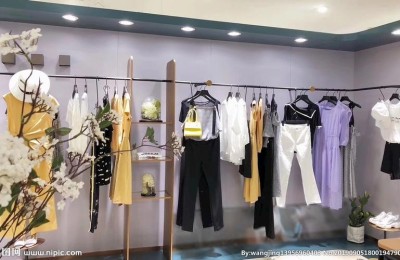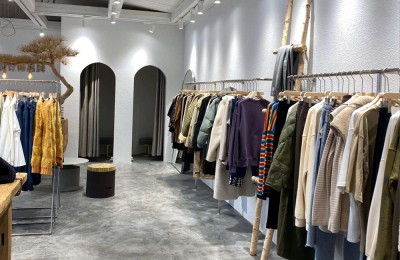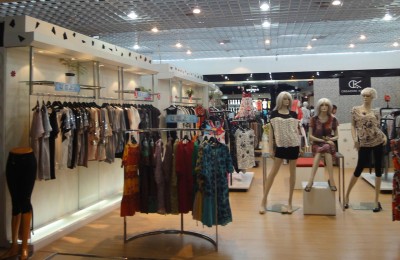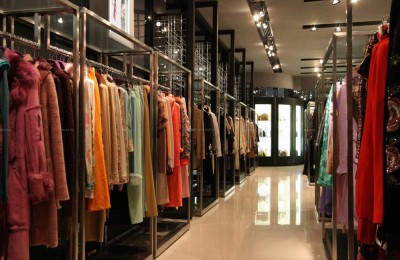At around 8 pm on the 23rd, with the approval of the State Council, the Tariff Commission of the State Council decided to impose additional tariffs ranging from 10% to 5% on 5,078 tax items originating in the United States, worth approximately US$75 billion, in two batches. Effective from 12:01 on September 1, 2019 and 12:01 on December 15, 2019, additional tariffs of 25% and 5% will be resumed on automobiles and parts originating in the United States.
More than an hour after the news was released, U.S. stocks opened, and the three major stock indexes all opened lower. As of the close, the Dow Jones Index fell 2.3%, the S&P 500 Index fell 2.5%, and the Nasdaq Composite Index fell 3%. . At the same time, affected by China’s resumption of tariffs on American cars and parts, U.S. auto stocks fell collectively at the opening, with General Motors falling 1.36%, Ford Motor falling 2%, and Tesla falling 1.16%.
Since the United States launched the tariff stick against China last year, Sino-US trade relations have been “divided and re-integrated” with no end in sight. On August 15, the U.S. government announced an additional 10% tariff on $300 billion of Chinese goods, which will be implemented in two batches starting from September 1 and December 15, 2019. The US measures have led to the continued escalation of Sino-US economic and trade frictions, which has greatly harmed the interests of China, the United States and other countries, and also seriously threatened the multilateral trading system and the principle of free trade. China’s imposition of additional tariffs is a forced move in response to U.S. unilateralism and trade protectionism.
There are only 7 days left before the traditional “Golden Nine”. At this time, the Sino-US trade friction has escalated. Will it have any impact on the peak season?
The editor believes that the impact is not significant.
1. PTA “does not follow the trend” and still supports the market.
After the announcement was released, the overall response of the domestic futures market to the announcement was muted. As of the night of the 23rd, At the close of trading, the main PTA 2001 contract closed at 5,116 yuan/ton, a slight increase of 4 yuan/ton, or 0.08%, compared with the settlement price on the previous trading day.
This is obviously different from the PTA’s usual style. Generally speaking, the PTA is very affected by the news. This time the Sino-US trade friction is again Upgrading, PTA did not take the “ordinary path”, nor was it expected to “fall below 5,000 points”, which shows that its room for decline is limited! On the other hand, the “big guys” don’t want PTA to fall to the bottom, especially its profit, which is currently 389 yuan/ton, compared with 1,787 yuan/ton in July, which is already unstoppable.
2. Polyester filament is expected to stop falling and stabilize
The price of PTA can directly affect the price of polyester filament.
Since the beginning of this year, the raw material side has been in dire straits. The price of polyester filament has reached its peak during the year, especially polyester POY 150D. The current price is 7,760 yuan/ton, a decrease of 31.3% compared with the same period last year. At the same time, polyester DTY and polyester FDY also fell to varying degrees.
If estimated at this rate of decline, the fall space for polyester filament is also limited. In addition, the general environment is tense this time, but PTA has an upward trend. , which has certain support for the price of polyester filament.
3. The market trading atmosphere has eased and regular replenishment at the end of the month is imminent
Recently, the operating rate of looms in Shengze has gradually increased. According to the sample companies monitored by China Silk City Network, the current operating rate of looms in Shengze is around 80%, and the inventory of gray fabrics has dropped to about 41 days. It can be seen that the market has slowly started to move.
At the same time, the market situation has eased in recent times, and some dyeing factories have experienced explosions. Due to the warehouse phenomenon, some dyeing factories in Zhejiang have also experienced an increase in dyeing fees. Generally speaking, only when the market situation improves, dyeing factories will have the confidence to increase prices. The fabric market is also experiencing partial heating up. In particular, the transaction volume of elastic fabrics has increased significantly, and the best-selling products are mainly T400 and T800.
Now that it is approaching the end of the month, all weaving manufacturers will carry out replenishment operations. At present, the operating rate of looms has rebounded, and the market situation is showing signs of improvement. The purchasing intensity of raw materials will be greater than in the off-season. Judging from the current situation, a single piece of news may not have much impact on weaving manufacturers.
4. The psychological level of Sino-US trade is procrastinating. I have become accustomed to it.
After the announcement, the international market reaction was more obvious, while the domestic market reaction was relatively dull. It can be seen that Investors and the capital market are less enthusiastic about Sino-US issues, even if their impact is long-term.
China-US trade has lasted for more than a year, and the impact on textile companies is actually more psychological than actual. For them, they have become accustomed to it. Regardless of the company��We already have our own set of countermeasures in terms of foreign trade exports and raw material purchases.
This year’s textile market has been described as the “worst year” mainly due to overcapacity. The repeated trade between China and the United States has undoubtedly made the situation worse. Those who can’t survive it have closed their doors. Those who can survive until now They are all mentally prepared and ready to “fight”.
To sum up, the editor believes that the further escalation of Sino-US trade will have little impact on the traditional peak season of the textile industry. After being silent for more than half a year, the market is now slowly moving. It can be seen that Terminal demand has increased, but Sino-US trade only affects a small part of the market and cannot be generalized. </p








